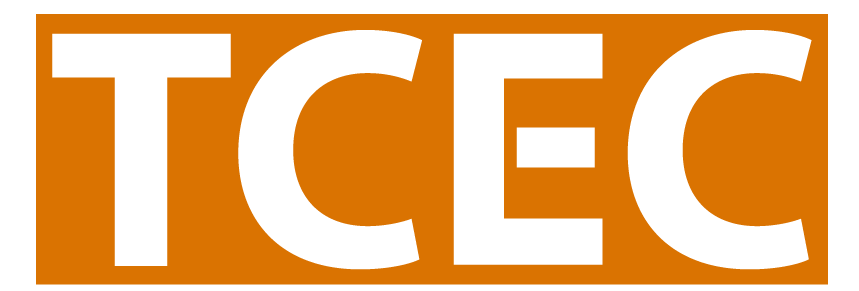
Assessing Research Evidence
Facts are everywhere around us. From the news to what we learn in school, facts are ubiquitous. We are often inundated with facts, data, and information. But how do we know what fact is supported by good or bad evidence?
Assessing research evidence is a must for public health practitioners. The COVID-19 pandemic has taught us that misinformation is dangerous. It puts lives at stake, stresses our health systems, and can be costly to our economy. The tobacco epidemic is no different. For generations, the tobacco industry has lied to the public about the harms of commercial tobacco. While we have gone a long way in debunking their claims, the lies of the tobacco industry do not seem to be tapering off. It is not news to us that the tobacco industry generously funds scientific research to study these claims.
While the results may seem legitimate and trustworthy to the public eye, most of them are not peer-reviewed or are heavily biased. According to one study, “Tobacco industry-sponsored symposia on second-hand smoke have been used to attempt to refute both peer-reviewed journal articles and risk assessments of second-hand smoke.” The talking points of the tobacco industry are often baseless and misleading. It’s time to examine questionable “facts” with scrutiny. CTCP asked us what could be done about this and we immediately turned to our friends at Rover.
Rover, in collaboration with TCEC, has created this resource Assessing Research Evidence: A Checklist to provide a general framework in evaluating public health research. The link will take you to Rover where you can download the guide using your Rover/OTIS login.
It is a brief guide designed to provide a basic framework for evaluating public health science research. It includes an “Evidence Checklist” that offers specific questions to focus on when assessing research evidence, as well as a “Supplemental Resource: Study Design Quality” that includes the “Pyramid of Evidence” used to assess clinical research studies, as well as definitions of different study designs and types of evidence, and terms used to evaluate and describe studies and the relative validity of their findings.
The intent of this resource is to help evaluators and other public health assess the validity of research findings and become aware of the industry’s research manipulations. It could also be used as a rubric to pick and choose research studies that could build evidence against tobacco industry talking points.
Our colleague from Rover, Joe, also created this InfoHub thread so that we can discuss this resource further. If you have questions or suggestions to help make this resource useful to you, please join the InfoHub or message us at tcecTA@phmail.ucdavis.edu.
